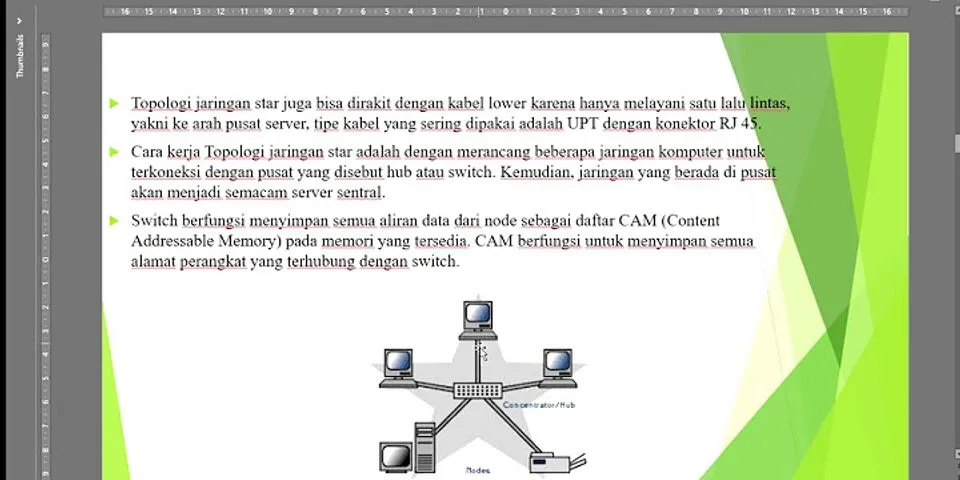Home/ Indian/Computer Science/ The top and bottom margins of a document can be changed by using the __________option1 tab stop option2 horizontal ru YOUR DOCUMENT MAKES A FIRST IMPRESSION before anyone reads a word. The paper size, color, and borders give the reader an overall sense of the document’s theme and quality. Margins, the text layout, and perhaps a watermark send further visual clues. Making the right choices about your document setup helps you send the right message to your readers. Say you’re working on an invitation; using a smaller, elegant paper size and adding a subtle border lets your recipients know right away that they’re in for a sophisticated event. In this chapter, you’ll learn how to set and change all the page layout features that people notice first, starting with paper size, orientation, and margins. You’ll also learn how to adjust margins and make changes to the headers and footers. Finally, you’ll learn how to work with multiple columns and how to control Word’s hyphenation inclinations. Choose page margins using predefined settings
3. Make your new margin settings the default for your template.Each new document based on that template will automatically use the new margin settings.
More tips about margins
Lorem ipsum dolor sit amet, consectetur adipiscing elit.Morbi adipiscing gravdio, sit amet suscipit risus ultrices eu.Fusce viverra neque at purus laoreet consequa.Vivamus vulputate posuere nisl quis consequat.
Lorem ipsum dolor sit amet, consectetur adipiscing elit.Morbi adipiscing gravdio, sit amet suscipit risus ultrices eu.Fusce viverra neque at purus laoreet consequa.Vivamus vulputate posuere nisl quis consequat.
Which option is used to change the top and bottom margins of a document?
Explanation: THE TOP AND THE BOTTOM MARGIN OF A DOCUMENT CAN BE CHANGED BY USING Layout tab on the ribbon .
How do I change the top margin in Word?
How do you change document margins?
To change margins, click on the Margins button, found on the Page Layout tab. Word lists a number of pre-formatted options, but you can also make your own margins by selecting “Custom Margins,” found at the bottom of the Margins list. You can change each of the four margins in the dialog box that appears.
What are top and bottom margins?
The margin-bottom specifies the bottom margin of an element. The margin-top specifies the top margin of an element. The margin-left specifies the left margin of an element. The margin-right specifies the right margin of an element.

Important: Office 2010 is no longer supported. Upgrade to Microsoft 365 to work anywhere from any device and continue to receive support. Upgrade now What would you like to do?
3. Make your new margin settings the default for your template. Each new document based on that template will automatically use the new margin settings.
More tips about margins
Use mirror margins to set up facing pages for double-sided documents, such as books or magazines. When you choose mirror margins, the margins of the left page are a mirror image of those on the right page. The inside margins are the same width, and the outside margins are the same width.
Note: To change margin widths, click Custom Margins at the bottom of the Margins gallery. Enter new values in the Inside and Outside boxes.
A gutter margin adds extra space to the side margin, top margin, or inside margins of a document that you plan to bind to help ensure that text isn't obscured by binding.
 1. Gutter margins for binding 2. Mirror margins for facing pages To set the gutter margin
Word can display lines in your document to represent text boundaries.
Note: You can view page margins in either Print Layout view or Web Layout view, and the text boundaries don't appear on the printed page.
Important: Office 2007 is no longer supported. Upgrade to Microsoft 365 to work anywhere from any device and continue to receive support. Upgrade now What would you like to do?
Microsoft Word offers several page margin options. You can use the default page margins or specify your own.
 1. Gutter margins for binding 2. Mirror margins for facing pages
 1. Word inserts a single, center book fold After you set up a document as a booklet, work with it just as you would any document to insert text, graphics, and other visual elements.
Note: You can view page margins in either Print Layout view or Web Layout view, and the text boundaries do not appear on the printed page.
When you choose mirror margins, the margins of the left page are a mirror image of those on the right page. The inside margins are the same width, and the outside margins are the same width.
A gutter margin setting adds extra space to the side margin or top margin of a document that you plan to bind. A gutter margin helps ensure that text isn't obscured by the binding.
If this article did not answer your question, you can chat with a Microsoft virtual agent or a person at any time. |

Pos Terkait
Periklanan
BERITA TERKINI
Toplist Popular
#1
#2
#4
#5
#6
#7
Top 8 apa itu benedict dan biuret? 2022
1 years ago#8
#9
#10
Top 6 apa itu self pick up grabfood? 2022
2 years agoPeriklanan
Terpopuler
Periklanan
Tentang Kami
Dukungan

Copyright © 2024 toptenid.com Inc.


















